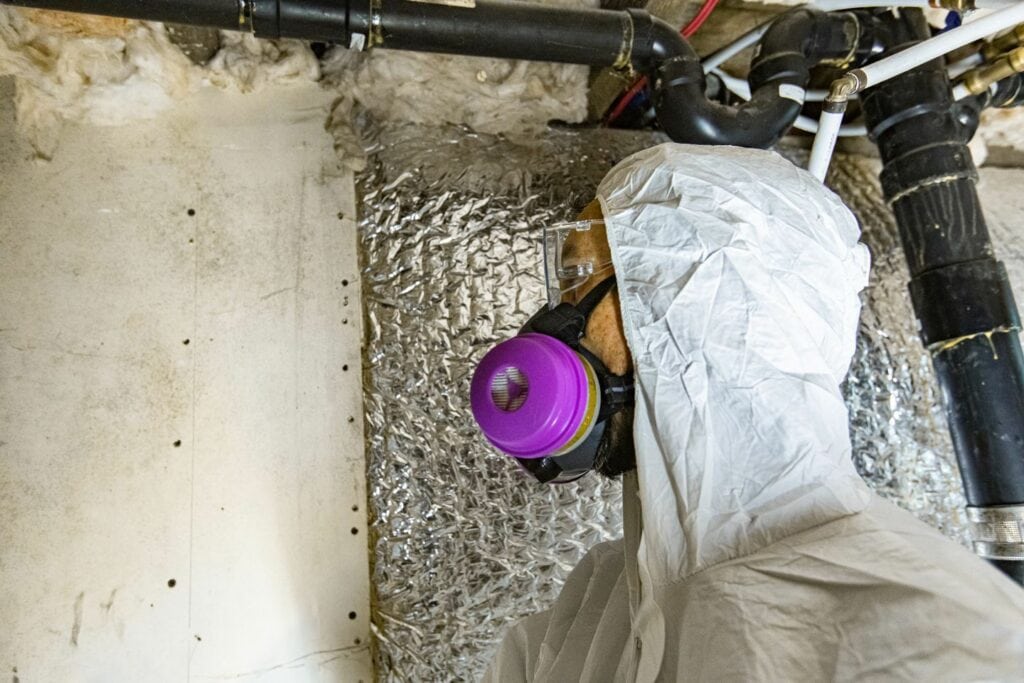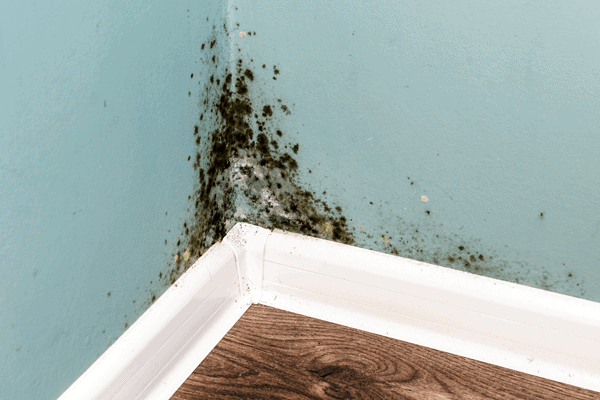Indoor Air Quality and Mold Testing
Xplortek offers in-house indoor air quality and mold sampling and testing services. Indoor air quality is generally worse and isolated mold growth is more common than most people believe, but there are things you can do about it.
- Indoor air quality can be worse than that of outdoor air.
- Problems can arise from moisture, insects, pets, appliances, radon, materials used in household products and furnishings, smoke, and other sources.
- Effects range from minor annoyances to major health risks.
FAQ: Indoor Air & Mold Inspections Edmonton
Mold are microscopic organisms that produce spores and are found virtually everywhere, indoors and outdoors. Mold can be found on plants, foods, dry leaves, and other organic material. Also susceptible to mold growth are cellulose materials, such as, cardboard, paper, ceiling tiles, and drywall. Mold spores are easily detached and made airborne by vacuuming, walking on a carpet or sitting on a couch. In indoor environments, mold can grow in air conditioning ducts, carpets, pots of houseplants, etc.
If you see or have the following situations, mold growth may be present:
– Discoloration, water marks or black mold on baseboards, wallboards, or wallpaper.
– Cracks in shower tile, lack of caulking, loose toilet seal, leaks under sink.
– Carpet and padding in direct contact with a concrete slab.
– Poorly maintained or dirty air conditioning/heating vents and filters.
– Damp basement or crawl space
– Musty odors
Exposure to mold is not healthy for anyone but the following individuals are at a higher risk for adverse health effects: infants, children, elderly, immune compromised patients, pregnant women, and individuals with existing respiratory conditions. When inhaled, even in small amounts, mold can cause a wide range of health problems including respiratory problems (wheezing), nasal and sinus congestion, watery and red eyes, nose and throat irritation, skin irritation, aches and pains, fevers, asthma, emphysema and in some cases even death.
When moldy materials become damaged or disturbed, spores (reproductive bodies similar to seeds) can be released into the air.
To find out if mold is a problem in your home or office, you must conduct a mold test!
The Black Mold Stachybotrys Chartarum (atra)
Stachybotrys Chartarum (atra) is a greenish-black toxic mold that colonizes particularly well in high-cellulose material, such as straw, hay, wet leaves, dry wall, carpet, wall paper, fiber-board, ceiling tiles and thermal insulation. Stachybotrys, before drying, is wet and slightly slimy to touch. There are about 15 species of Stachybotrys, known throughout the world. This toxic mold grows in areas where the relative humidity is above 55%. This type of mold does not grow on plastic, vinyl, concrete products, or ceramic tiles. It is not found in the green mold on bread or the black mold and mildew on shower tiles.
Stachybotrys produces a mycotoxin that causes human mycotoxicosis.
This type of mold is thought to be a possible cause of the sick building syndrome. Children’s exposure to Stachybotrys spores are thought most likely to cause pulmonary hemosiderosis (bleeding in the lungs). The following is a list of symptoms associated with exposure to Stachybotrys mold spores:
– Respiratory problems, such as wheezing, and difficulty in breathing
– Nasal and sinus congestion
– Eyes-burning, watery, reddened, blurry vision, light sensitivity
– Dry, hacking cough
– Sore throat
– Nose and throat irritation
– Shortness of breath
– Chronic fatigue
– Skin irritation
– Central nervous system problems (constant headaches, memory problems, and mood changes)
– Aches and pains
– Possible fever
– Diarrhea
– Possible hemosiderosis
– Immune suppression





